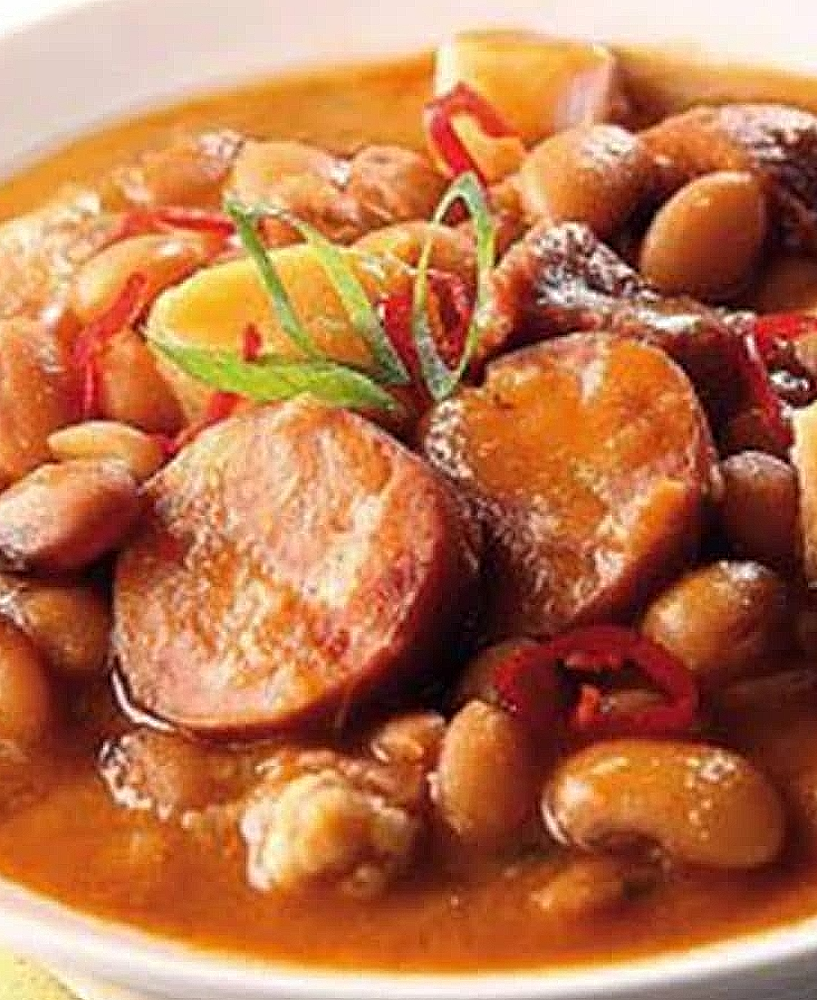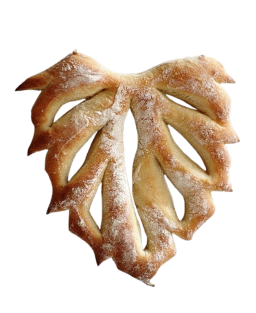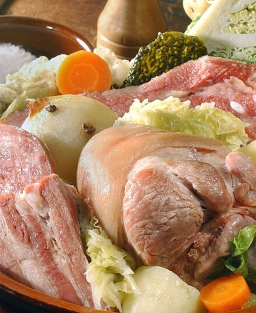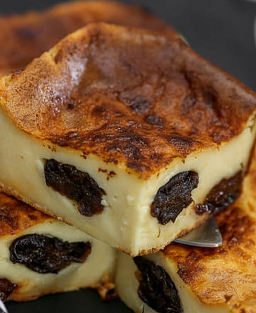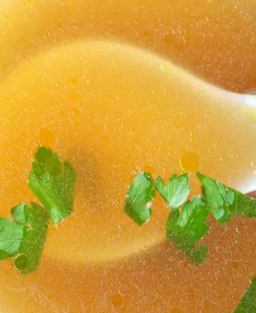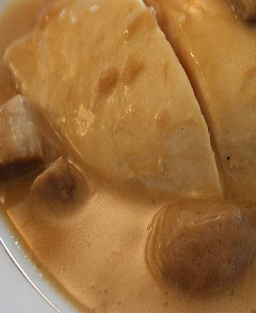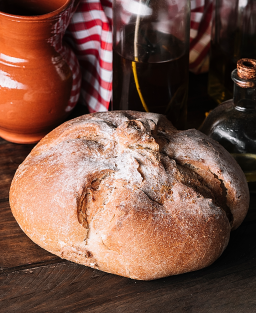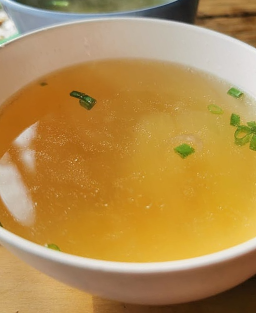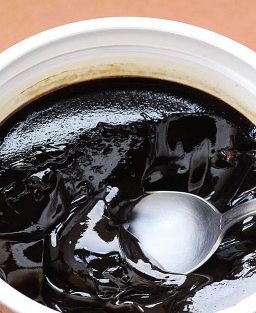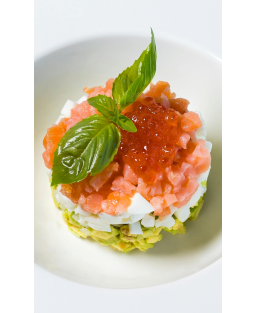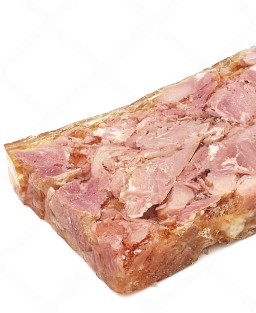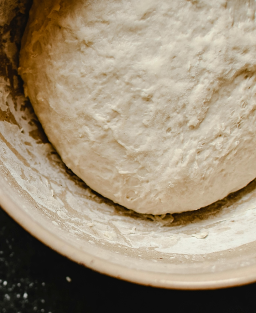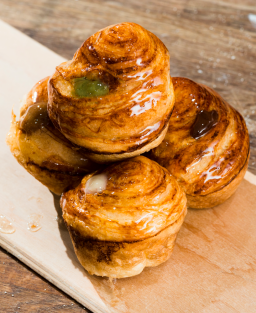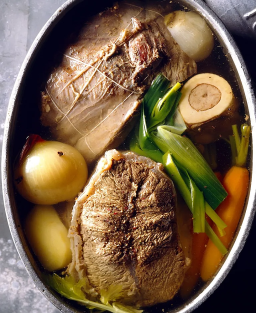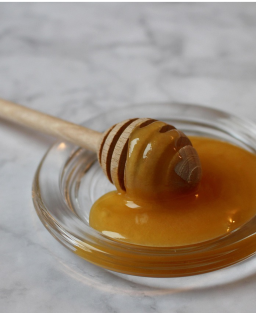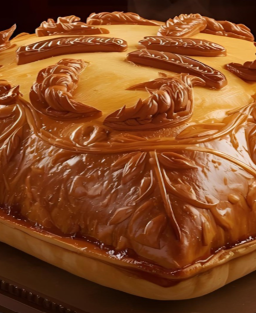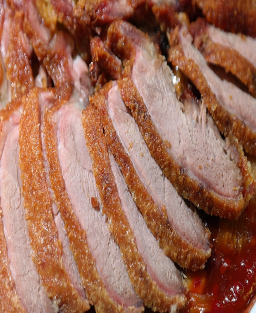Traditional Feijoada de Favas Recipe, Portuguese Stew of Simmered Fava Beans with Local Meats and Sausages
Traditional Feijoada de Favas Recipe, Portuguese Stew of Simmered Fava Beans with Local Meats and Sausages
Anecdote
« Dize-se em Alentejo: quem tem favas na panela, tem festa na aldeia » — a popular Alentejo saying meaning that fava beans signal abundance and conviviality in springtime meals.
Legend
In Ribatejo, it is said that an old farmer saved his family from famine thanks to dried fava beans forgotten in a jar. Since then, fava beans have been seen as a symbol of survival and prosperity.
Meta-description
Discover the traditional Feijoada de Favas recipe, a Portuguese stew of fava beans simmered with pork and regional sausages.
Required utensils
-
Heavy-bottomed cast iron pot or casserole
-
Stainless steel ladle
-
Paring knife and butcher’s knife
-
Cutting board (wood or food-grade polyethylene)
-
Skimmer
-
Prep bowls
Country / Region
-
Country: Portugal
-
Region: Alentejo and Ribatejo
-
Recipe origin: Oral tradition
-
Codified recipe: No
-
Recipe evolution:
Originally, feijoada was made with red or white beans. The adaptation with fava beans became common in rural regions producing fresh favas (spring season). It evolved to include various cuts of pork (ears, feet, ribs) and local sausages (chouriço, farinheira, morcela).
History
Feijoada is an iconic dish in Portugal, derived from popular legume stews dating back to the Middle Ages. While the red bean version became emblematic, Feijoada de Favas stands out as a springtime variation. It is believed to have originated in Alentejo, where fava beans were abundant and less expensive than other legumes.
In the 19th century, this dish was enriched with regional sausages (chouriço, farinheira), reinforcing its identity. Today, it remains a festive dish shared with family on Sundays or during village celebrations.
Recipe description
Feijoada de Favas is a slow-cooked stew combining pieces of pork (ribs, ears, feet), regional sausages (chouriço, farinheira, morcela), and fresh or frozen fava beans. The dish is built around a rich sauce base with tomato, white wine, and aromatic herbs (bay leaves, fresh coriander).
Ingredients (6 servings)
-
1 kg fresh shelled fava beans (or high-quality frozen)
-
500 g pork ribs (cut into 5 cm pieces)
-
1 blanched pork ear, chopped
-
1 pork foot, cut into quarters
-
150 g smoked bacon (cut into lardons)
-
1 chouriço sausage (cut into 5 mm slices)
-
1 farinheira (poach whole to prevent bursting, then slice)
-
1 morcela (cut into 2 cm thick slices)
-
2 onions, finely chopped
-
3 garlic cloves, crushed
-
2 peeled, seeded, crushed tomatoes
-
100 ml dry white wine
-
2 bay leaves
-
1 tsp sweet paprika
-
Fresh coriander, chopped (at the end of cooking)
-
Salt and freshly ground pepper
-
Extra virgin olive oil
Preparation steps (detailed)
Preparation (20 min) – Cooking (2 h 30 to 3 h)
-
Prepare the meats
-
Blanch the pork ear and foot in simmering water for 10 minutes. Drain.
-
Cut the ribs into regular pieces. Remove sinew if needed.
-
Cut the bacon into 1 cm lardons.
-
-
Cooking base
-
In a cast iron pot, heat olive oil, sweat the onions and garlic without browning.
-
Add the bacon, let the fat render slightly.
-
Add the crushed tomatoes and paprika, reduce over low heat for 5 minutes.
-
-
Cook the meats
-
Add ribs, pork foot, and ear. Sear over high heat.
-
Deglaze with white wine. Reduce by half.
-
Cover with water to the height of the ingredients, add bay leaves, simmer gently for 1h30.
-
-
Add fava beans and sausages
-
Incorporate the shelled fava beans.
-
Add chouriço slices, morcela, and poached farinheira slices.
-
Cook another 45 min to 1 h over low heat, until the fava beans are tender but intact.
-
-
Finish
-
Adjust seasoning.
-
Add fresh coriander just before serving.
-
Regional versions / Variations
-
Alentejana version: abundant coriander and sometimes poached eggs added at the end of cooking.
-
Ribatejana version: more rustic, more pork feet and fewer sausages.
-
Modern version: with frozen fava beans out of season, faster but less authentic.
Tips and advice
-
Never add the fava beans at the start: they would break down.
-
Do not pierce the farinheira before poaching: it would burst.
-
Chef’s advice: prepare the day before and reheat gently; flavors blend better.
Serving
-
Rustic presentation: served directly in the cast iron pot on the table.
-
Gastronomic presentation: deep plate, arrange fava beans and meats harmoniously, sprinkle with fresh coriander.
-
Accompaniments: Portuguese bread (pão alentejano) or plain white rice.
Recommended wines and drinks
-
Alentejo red wine (aromatic, full-bodied)
-
Ribatejo white wine (dry, mineral)
-
Alternative: Portuguese amber craft beer
Nutritional information (indicative / 450 g serving)
-
Energy: 720 kcal (3010 kJ)
-
Fat: 45 g
-
Carbohydrates: 28 g
-
Protein: 48 g
-
Fiber: 9 g
-
Allergens: gluten (farinheira), sulfites (white wine)
-
Possible adaptations: gluten-free version (replace farinheira), vegetarian version (without meat, with smoked tofu and root vegetables).
Glossary
-
Sweat: cook an ingredient over low heat without browning to concentrate its juices.
-
Deglaze: dissolve the cooking residues by adding a liquid (here, white wine).
-
Skim: remove the foam that forms on the surface of a broth.







